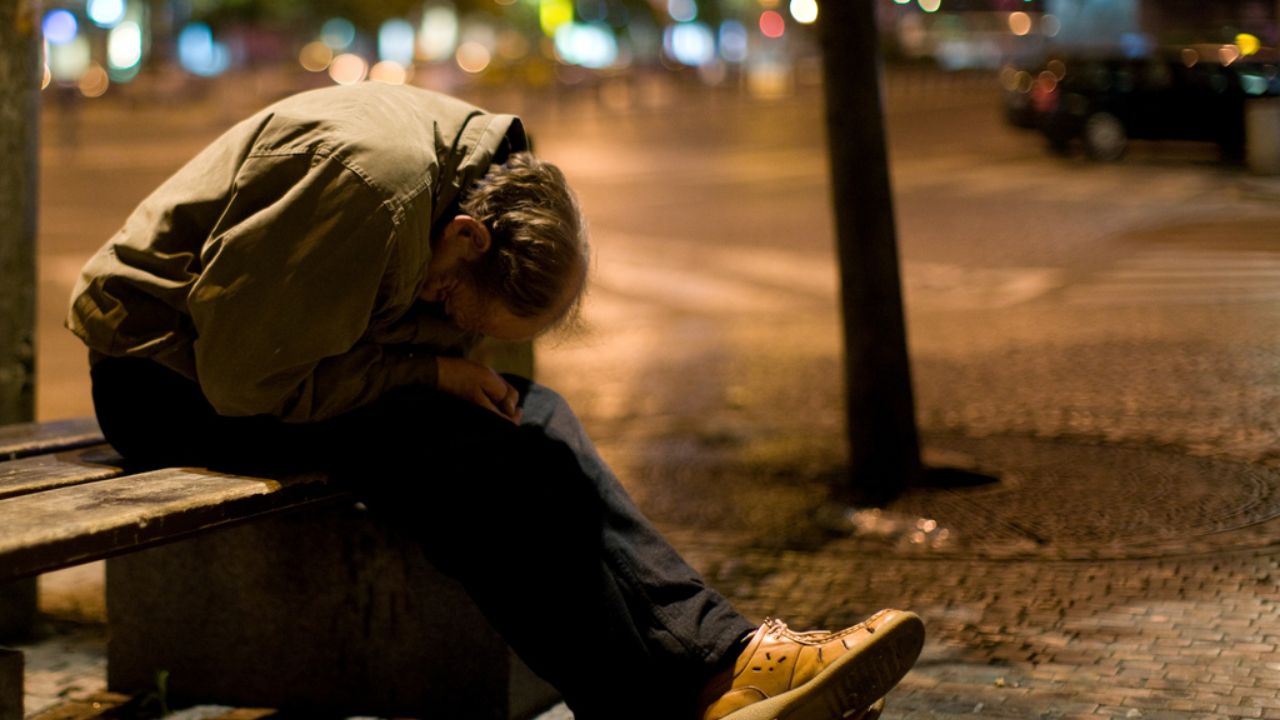San Francisco, the city of the Golden Gate Bridge, cable cars, and tech innovation, has also earned a dubious distinction: it has the highest rate of drug overdoses in California, and one of the highest in the nation.
According to data from the California Department of Public Health, San Francisco recorded 713 fatal drug overdoses in 2020, more than double the number of deaths from COVID-19 in the same year. The city’s overdose death rate was 81.2 per 100,000 residents, far surpassing other large cities in the state such as Los Angeles (26.1), San Diego (24.6), and San Jose (12.3).
The main culprit: fentanyl
The main driver of the overdose crisis in San Francisco is fentanyl, a synthetic opioid that is 50 to 100 times more potent than morphine. Fentanyl is often mixed with other drugs such as heroin, cocaine, or methamphetamine, increasing the risk of accidental overdose. Fentanyl can also be found in counterfeit pills that mimic prescription opioids or benzodiazepines.
Fentanyl is cheap, easy to produce, and widely available on the streets. According to the Drug Enforcement Administration, the price of fentanyl in San Francisco ranges from $3 to $10 per gram, while heroin costs $20 to $60 per gram. Fentanyl is also smuggled into the city from Mexico or China, or shipped through the mail from online sources.
The impact: a public health emergency
The surge in drug overdoses has overwhelmed the city’s health care system, social services, and law enforcement. Emergency rooms and hospitals are flooded with overdose patients, requiring the use of naloxone, a medication that reverses the effects of opioids. The city distributed more than 50,000 doses of naloxone in 2020, saving thousands of lives.
However, naloxone is not a permanent solution, as many users relapse and overdose again. The city also faces the challenge of providing adequate treatment and recovery options for people with substance use disorders, especially those who are homeless, mentally ill, or uninsured. The city has allocated more than $120 million for drug prevention, treatment, and harm reduction programs, but the demand exceeds the supply.
The drug overdose epidemic also affects the quality of life and safety of the city’s residents and visitors. Many neighborhoods are littered with syringes, drug paraphernalia, and human waste. Drug-related crimes, such as theft, robbery, and violence, are also prevalent. The city has deployed more police officers, street cleaners, and outreach workers to address these issues, but the results are mixed.
The response: a call for action
The city’s leaders and stakeholders have recognized the urgency of the situation and have called for more action and collaboration. Mayor London Breed has declared a state of emergency and has appointed a director of overdose prevention to coordinate the city’s response.
The Board of Supervisors has passed several resolutions and ordinances to expand access to treatment, safe injection sites, and overdose prevention education. The District Attorney has launched a task force to target fentanyl suppliers and dealers. The Department of Public Health has partnered with community organizations, health care providers, and harm reduction advocates to offer more services and support to drug users and their families.
However, these efforts are not enough to stem the tide of the overdose crisis. The city needs more resources, funding, and political will to implement evidence-based and innovative solutions. The city also needs more cooperation and assistance from the state and federal governments, as well as neighboring counties and cities. The city cannot solve this problem alone.
The conclusion: a hope for change
San Francisco is a city that prides itself on its diversity, creativity, and resilience. It is also a city that is facing a devastating drug overdose crisis that is claiming hundreds of lives and affecting thousands more. The city has the potential and the opportunity to turn this crisis around, but it needs more action, collaboration, and compassion. The city has the responsibility and the duty to save its people from this deadly scourge. The city has the hope and the vision to create a healthier and safer future for all.
